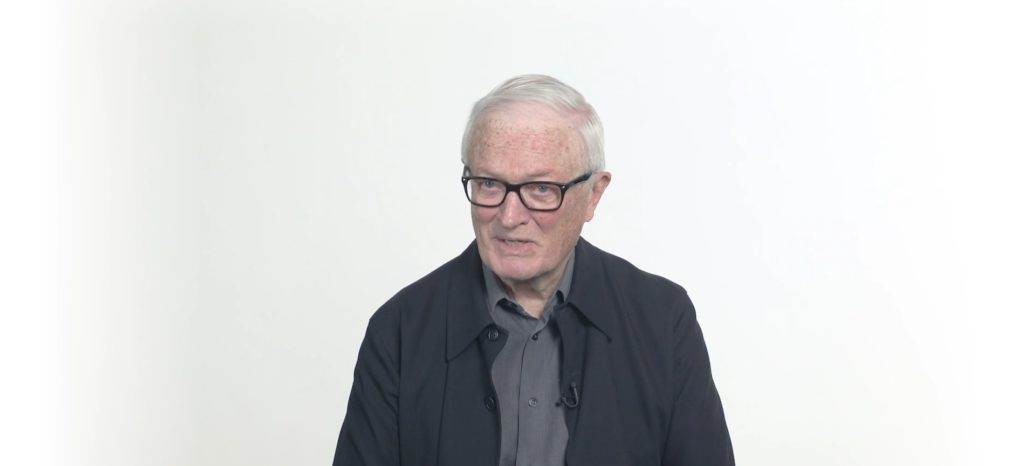
Douglas Ball
It seems that Douglas Ball was fated to a life in design. So the story goes, when he was four and complaining that he had nothing to play with, his exasperated grandmother thrust a paper and pencil at him, challenging him to “draw what you want.” Ball isn’t forthcoming about what he drew that day, but if the trajectory of his life can be said to provide clues, it was probably some kind of workspace.
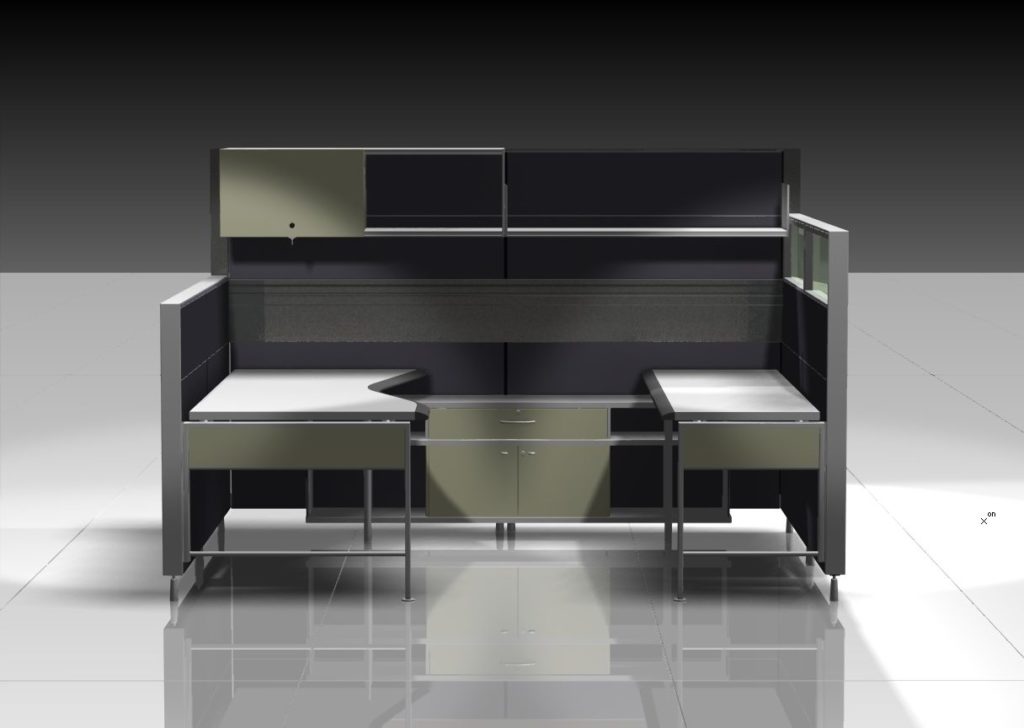
After graduating from the Ontario College of Art, Ball set his talents to work for Sunar, a Canadian Company that let him flex his design muscle by fashioning innovative office furniture, including the CAS Chair, a forerunner of Modern, lightweight office chairs.
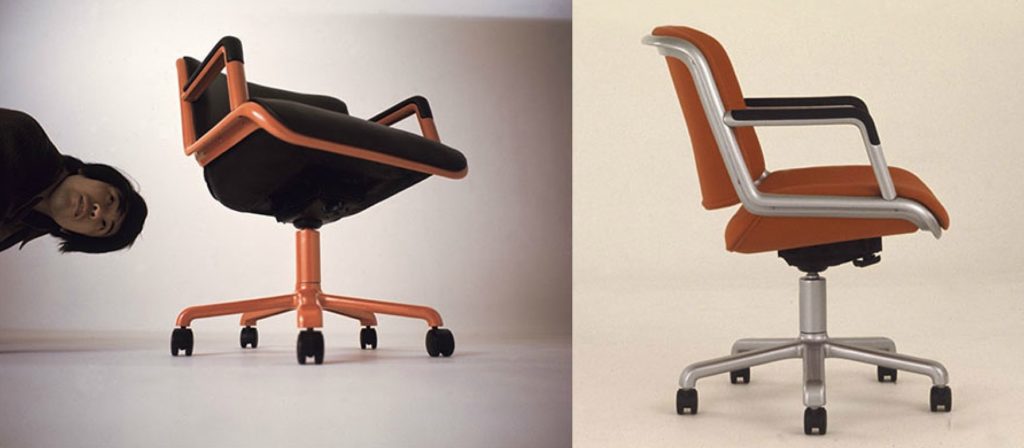
This auspicious early work was also a tune-up for Capsule, a work pod that Ball had been inspired to create after realizing how much he enjoyed long drives in his slim and sleek Audi. Capsule—which later morphed into Clipper—resembled an airplane cockpit and featured adjustable seat-, back-, and footrests, in addition to controls for air, sound, and light. This forerunner of today’s office pods was critically acclaimed and is presently in the permanent collections at Museums in Canada and the U.K.
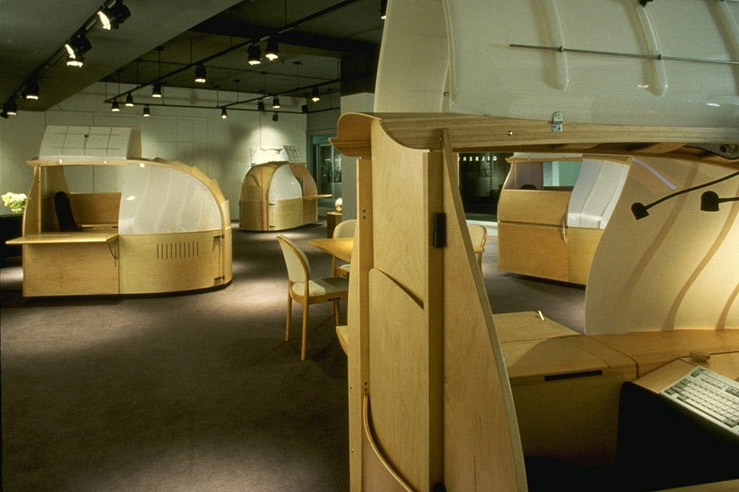
Ball’s explorations into refining the office environment continued with the Ballet Table (originally for Vecta, now available from Coalesse). Like the art form it’s named for, Ballet evokes elegant motion within a subtext of frozen beauty. Its streamlined design renders it marvelously mobile, and its option of a fixed or folding worktop makes it extra versatile.
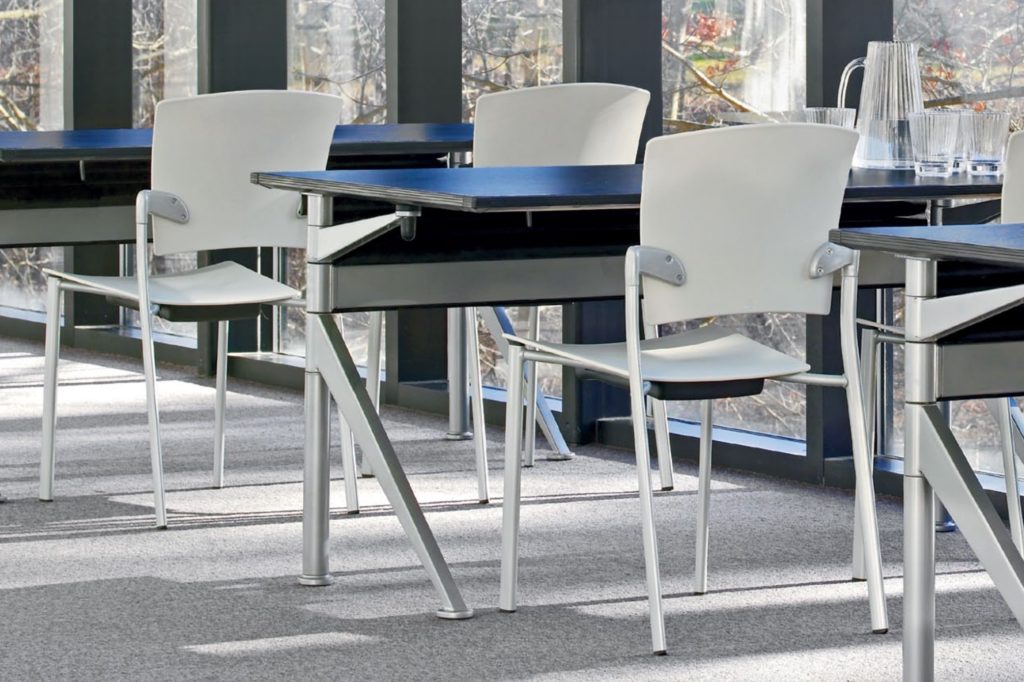
Lucy Seating (also originally designed for Vecta, now offered by Steelcase) is Ball’s contribution to the contemporary high-performing office chair. This slick, supportive, ergonomic piece debuted to oohs and aahs at NeoCon 2000, winning best in its category and later receiving the Silver designation from Business Week Magazine.
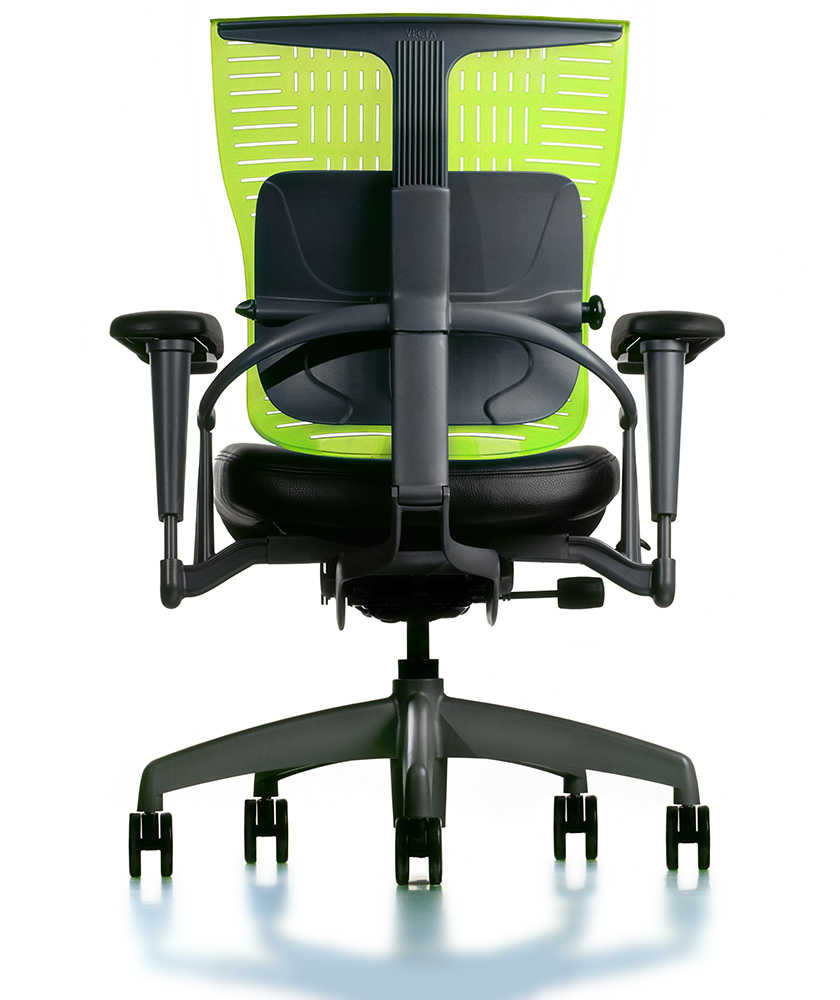
Ball next worked with heavy hitter Herman Miller. Collaborating with Jeff Sokalski and Leon Goldik, the trio took six years of development to come up with My Studio Environments, a system of cherry wood panels, storage modules, and curved walls of frosted glass that takes shape as a virtually private yet open and welcoming workspace: “With a sleek, modern look and feel, the My Studio cubicles resemble sculpture more than standard office equipment.”
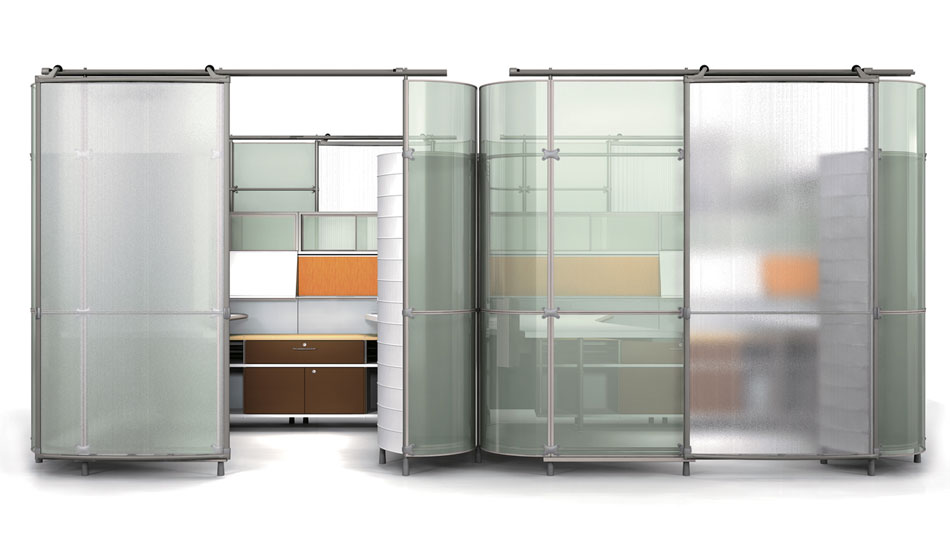
Ball’s late-career work boasts the shining star of Herman Miller’s Canvas Wall, a multi-functional and modular space divider that forms the backbone of the Canvas Office Landscape. Canvas Wall not only divvies up space but also supplies data and power, doing so with a palette of multiple material options and different dimensions—working well with the other elements of Canvas and “blending seamlessly with Herman Miller’s broad range of office and ancillary furnishings.”
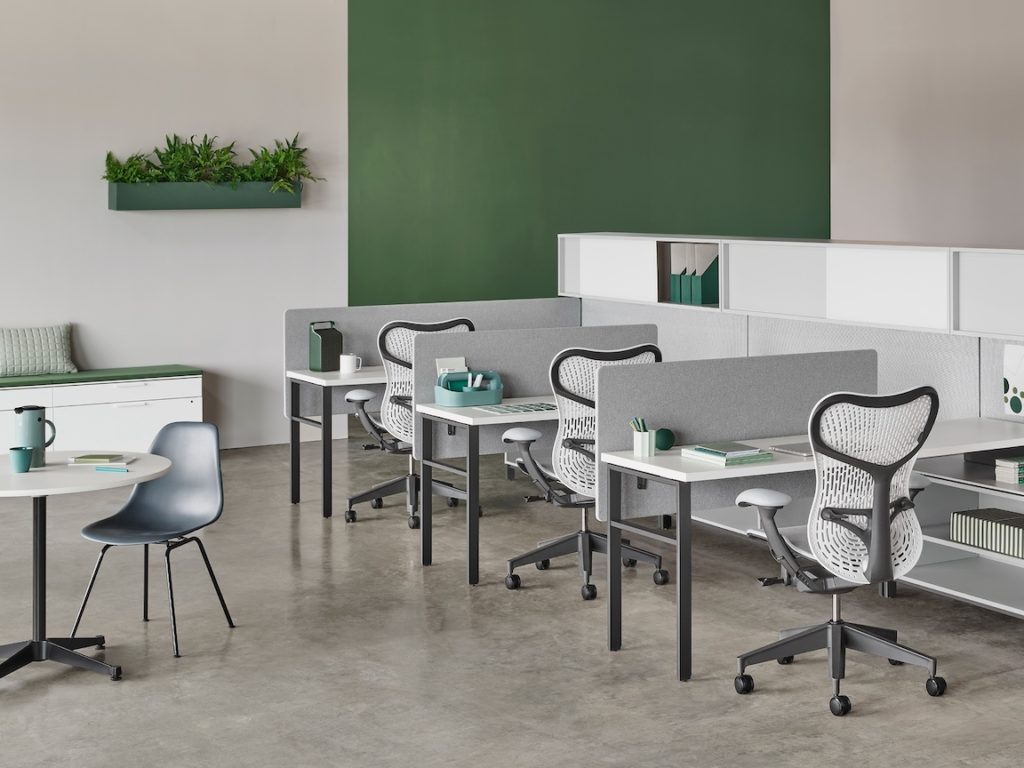
Douglas Ball is one of the pioneers of today’s contemporary workspaces. His vision and dedication helped provide prototypes and shaped thinking about how to find the best compromises between the public and private office. He has been the recipient of multiple NeoCon Best of awards, and his designs are in the permanent collections of the London Museum of Design, Quebec’s Musée national des beaux-arts, and Montreal’s Museum of Fine Arts.

Read more about Doug at Douglas Ball and Jeff Sokalski Design.
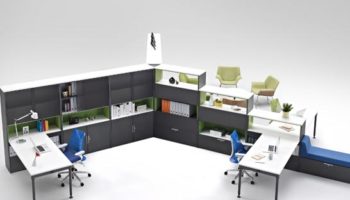
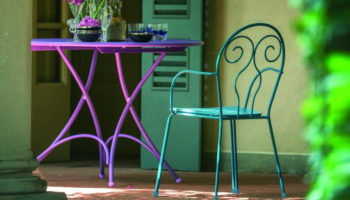


Leave a Reply